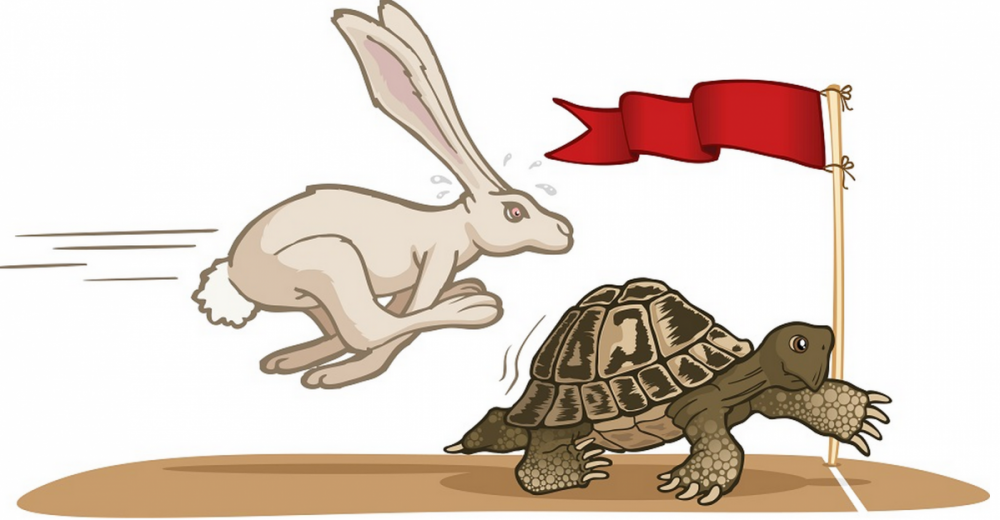Wall Street is the domain of traders and investors. Typically we envision traders sitting in front of rows of monitors looking to make a quick buck by continually getting into and out of financial positions. In contrast, investors are the Warren Buffett types who buy and hold stocks for long periods of time. Traditionally, you are one or the other because traders and investors often disagree, maintaining that the strategy of the other is a recipe for underperformance. Despite their differences, I use the terms trader and investor interchangeably because all incumbent strategies include a trading component (making money on short-duration trades) and an investment component (buying and holding).
Should I Trade or Invest?
Whether to trade or invest comes down to the opportunities offered and your bias. The stock market exhibits different themes over time (e.g., bull, bear, flat, fearful, bubble). Currently we appear to have been in a bull market since March 2009, and in a bull market buy and hold is a great strategy: stocks are appreciating while dividends increase. The problem is that you never know when a bull market will end—and when it does, whether it will flatten out or pull back aggressively. By the time you know the answer you might have given up a fair amount of gains. Although your positions might be profitable, your year-over-year total returns might suffer.
So how do you protect against ending bull markets? Trading. Trades are opportunities to make a few bucks quickly. A trade might be driven by an event such as an earnings announcement or based on the probability of selling credit spreads or any other strategy you might come up with. A trade is nothing more than leveraging the market’s movements—or lack thereof—to increase the gains of your overall core portfolio. And when a bull market ends your trading proceeds can offset gains lost as the market settles.
Pick Your Bias
Trading to defend your core invested portfolio assumes that you are fundamentally biased toward being an investor. You can flip that approach if you are biased toward being a trader. That is, your core money-making activity could be short-duration trades in the market that you pair with an invested backstop to help maintain margin requirements while growing your portfolio over time.
Every day the market presents opportunities for trading and opportunities for investing. Not taking advantage of both is a form of not being diversified, which puts at risk your overall yearly returns.



